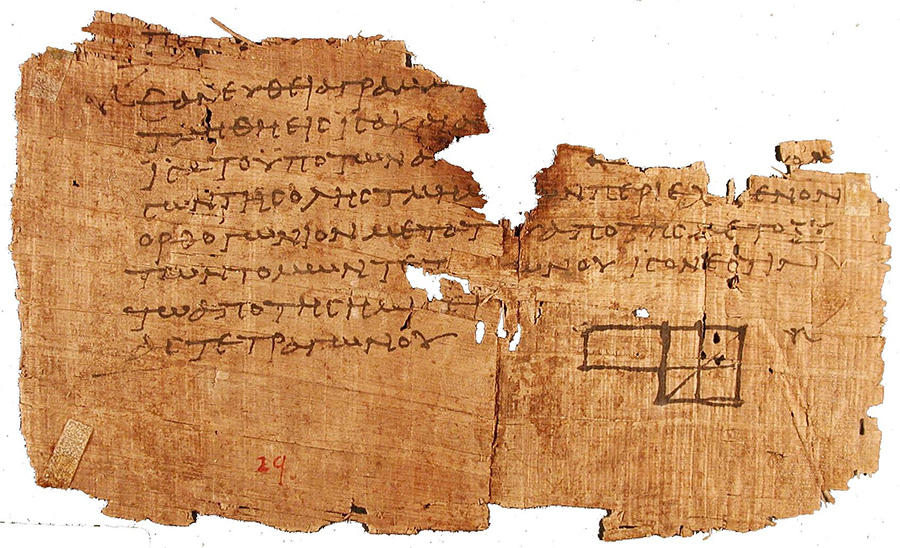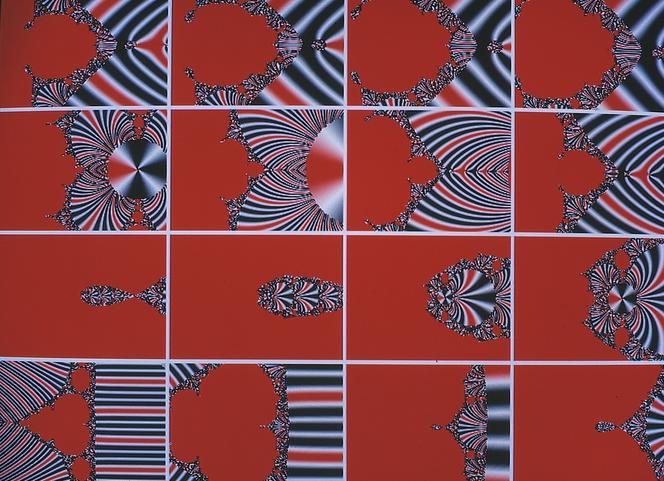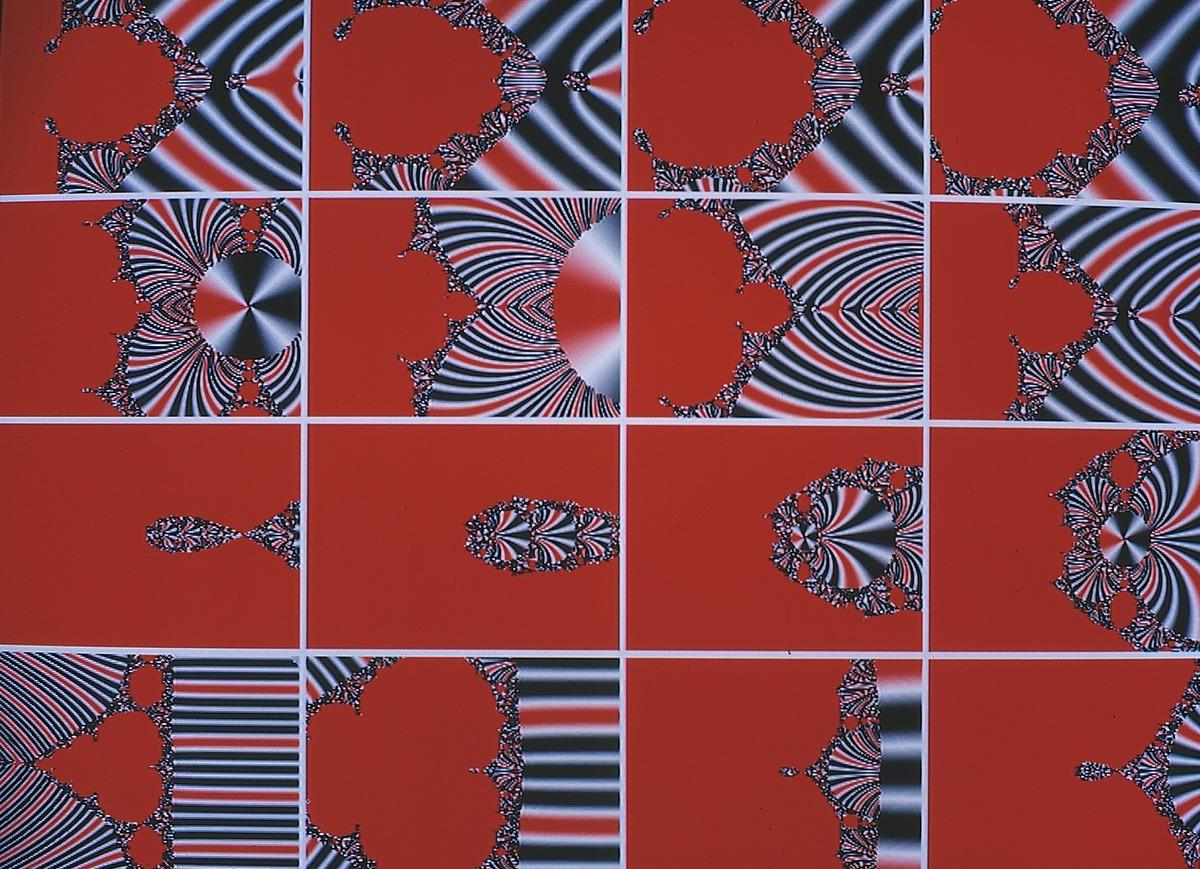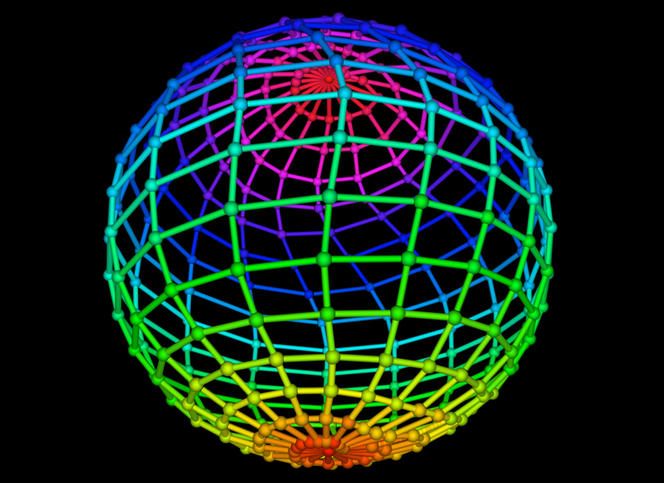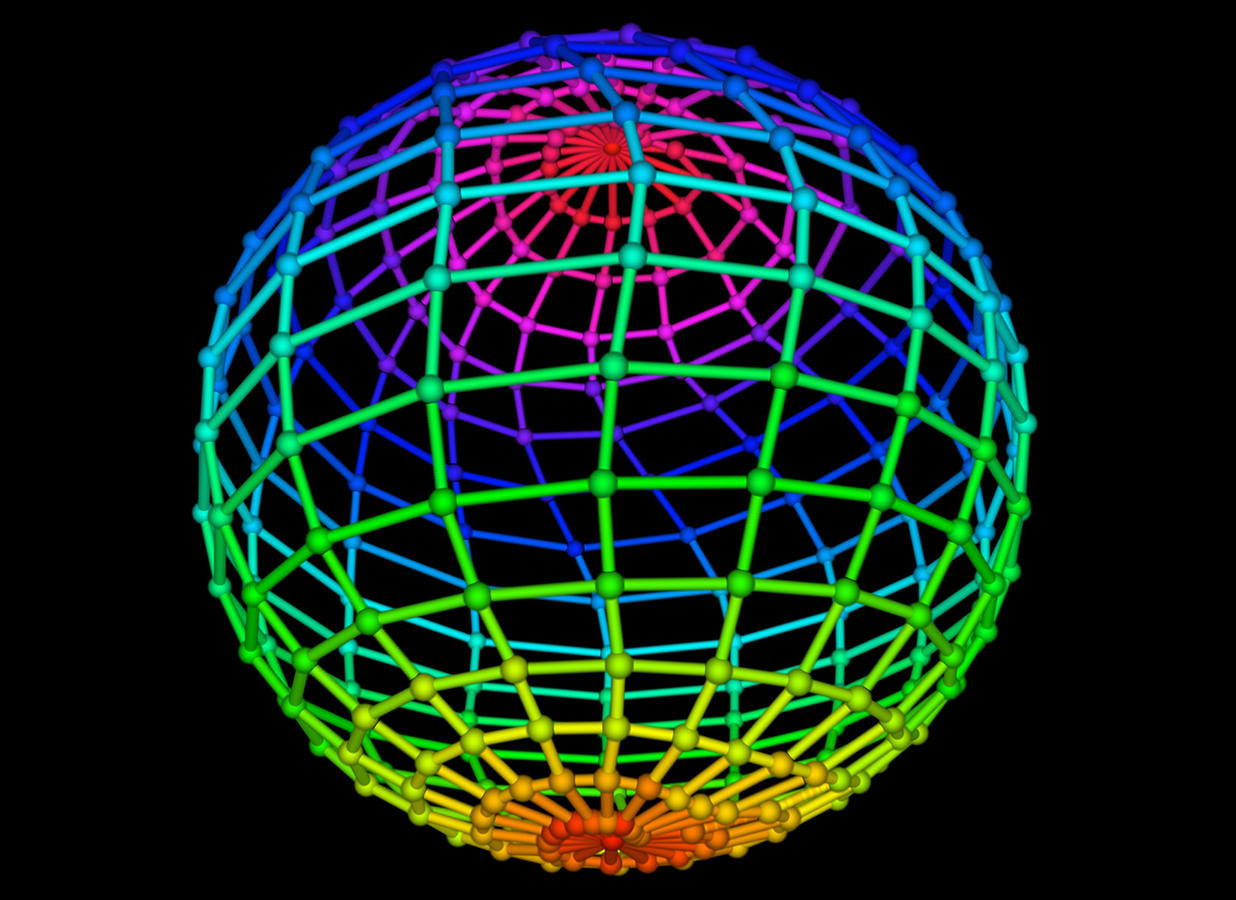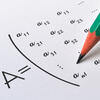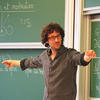You are here
Numbers that shape the world
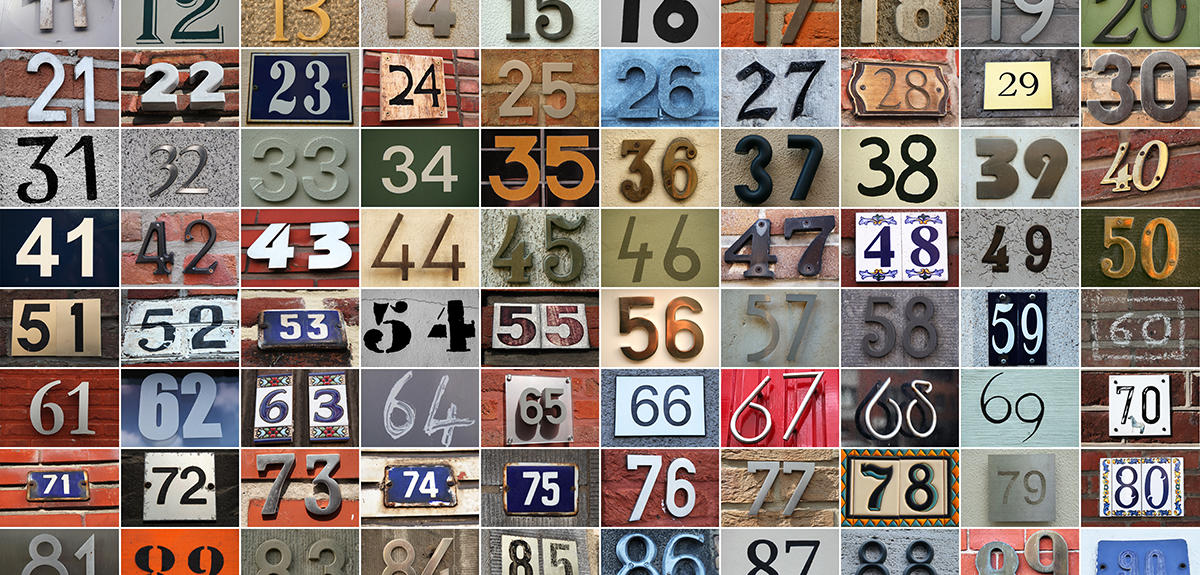
Aside from being a bad draw at Scrabble, the letters N, Z, D, Q, R, and C symbolise series of numbers for mathematicians. For example, N designates all whole numbers (1, 2, 3, etc.), which can be even, odd, or prime numbers. Q refers to all rational numbers, which is to say those that are expressed as a relation between two integers. When this is not the case, they are said to be “irrational”, like pi (π): 3.14115...! Such variety has sparked the curiosity of those who explore these different families of numbers.
Since antiquity, mathematicians have taken an interest in numbers via arithmetic, a term familiar since primary school, where its four basic operations – addition, subtraction, multiplication, and division – are taught. And fundamental research in arithmetic did not stop after antiquity. “The teaching of mathematics gives the impression that there are only closed problems that can simply be solved by applying the right formula, as is the case with the Pythagorean theorem. On the contrary, research raises more open questions than it provides answers,” observes Daniel Fiorilli, a researcher in analytic number theory at the LMO mathematics laboratory.1
The quest for why
In modern language, number theory, a somewhat spiced up version of the arithmetic of antiquity, studies the formation, properties, and relations that exist between numbers. To do so, theorists manipulate equations, x’s and y’s, with tools from all branches of mathematics, including analysis, probabilities, algebra, and geometry, among others. Research is often guided by a quest, one whose objective is not simply “to know and apprehend things, but to understand why,” confides Antoine Chambert-Loir, a researcher in arithmetic geometry at the IMJ-PRG mathematics institute.2
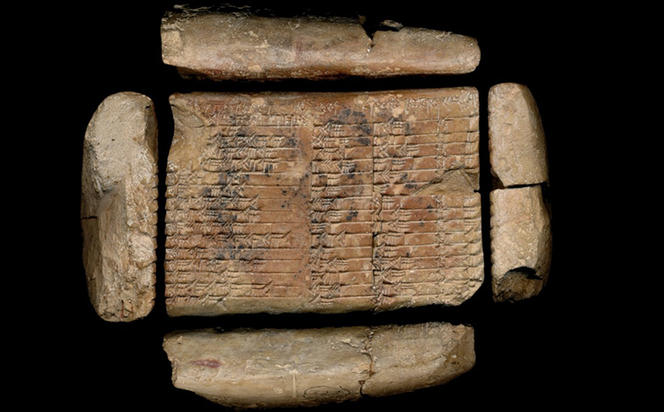
This goal appears to go back a long way, as archaeologists have observed an interest for “particular” numbers ever since the Babylonian period 4,000 years ago. The Plimpton 322 clay tablet conserved at Columbia University in New York (US) offers some of the best-known evidence for this. It contains pairs of numbers that correspond to the width and diagonals of rectangles. These numbers resemble Pythagorean triples – three integers that verify the Pythagorean theorem.
The birth of arithmetic as a branch of mathematics actually dates back to the sixth century BC with the Pythagorean school. While the latter postulated that “all things are number”, it denied the existence of irrational numbers, which it considered contrary to its beliefs. Three hundred years later, Euclid collected the arithmetic knowledge of Ancient Greece in his book The Elements. Around the year 300, Diophantus explored more than a hundred problems relating to integers. These Diophantine equations are still studied today.
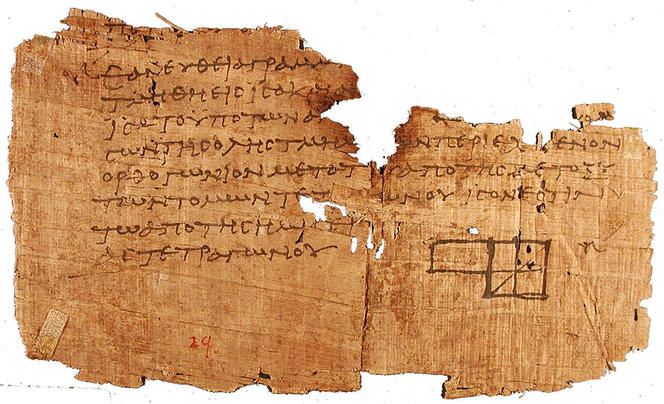
Behind these dates and names lies an important evolution in the perception of arithmetic, as illustrated by the solution to the equation x2=2 given by mathematicians of various periods. Sara Checcoli, a researcher in Diophantine geometry at Institut Fourier,3 provides an overview: “The Babylonians would surely proceed with an approximation of x’s value, which is to say about 1.41. The Pythagoreans would say that the answer is a secret, because it is an irrational number. For Diophantus, there is no attractive solution, as the result is neither an integer nor a rational number. The modern answer, ±√2 with the square root symbol, did not emerge until the sixteenth century.”
A class of problems
Until 1801, arithmetic and number theory were synonymous. A turning point came with the publication of Disquisitiones Arithmeticae by Carl Friedrich Gauss (1777-1855) of Germany. The collection makes reference to his eminent predecessors, such as Fermat, Euler, Lagrange, and Legendre, but Gauss also added new notions, theorems, and demonstrations. This is the beginning of number theory in the modern sense, a term that defines more a class of problems than a group of methods for solving them.
Today number theory is divided into four primary fields of study: algebraic theory, which studies algebraic numbers (all numbers that are solutions – roots for those in the know – for polynomials), and uses tools from algebra; arithmetic geometry, which studies solutions for equations by looking at the geometric object they describe; algorithmic theory, which tackles the transposition to computers of problems from number theory; and finally analytical theory, which concentrates on the distribution of integers within a series, and pays special attention to prime numbers (divisible only by 1 and themselves).
Building blocks
One of the distinctive features of analytic number theory is the simple wording of its problems, which have sometimes remained unsolved since antiquity. For example, how many prime numbers consisting solely of 1 are there? As to why prime numbers are so fascinating for mathematicians, the answer from Cécile Dartyge, a researcher at the IECL,4 is clear: “It is important to understand them, because they are the building blocks of all numbers.”
From infinite prime numbers come infinite research questions. For example, the gap between them is not regular, as it jumps from 11 to 13, and then to 17. Is it possible to predict when the next prime in a series will come, starting from a given number? Researchers use laws of statistics to answer this question. This is especially true for Fiorilli. “We want to understand all of the statistics associated with these gaps. In particular, there is a conjecture that the latter follow the same law governing the time that elapses between clients arriving at a supermarket,” explains the researcher.
Another important object of study connected to prime numbers is Dirichlet L-functions. The best-known example is the Riemann zeta function, which is central to a conjecture that has remained unsolved since 1859. By virtue of its diverse methods and problems, number theory enhances itself with contributions from all backgrounds. For example, the physicist Freeman Dyson and the mathematician Hugh Montgomery discovered a link between nuclear physics and number theory in the 1970s, one that promised a better understanding of L-functions.
Collective advances
In everyday life, rather than tackle these often highly difficult problems directly, mathematicians seek to simplify them. “Probabilistic models based on analogies have developed more and more in recent years,” notes Dartyge. This involves applying what is known about the behaviour of integers in general to other specific integers, such as friable integers (which can be broken down into numerous prime factors).
One thing is certain, in the field of number theory advances are often the outcome of a joint effort, as demonstrated by the results from the project Polymath, which has promoted the collective resolution of mathematical questions via an open science online platform since 2009.
Numbers and geometry
Numbers are not the only drivers of progress for mathematicians. In the 1980s, Gerd Faltings of Germany used various tools, including geometry, to demonstrate an important conjecture in number theory, the Mordell conjecture. One might wonder what connection there is between numbers and geometry. At first glance these two pillars of mathematics seem quite distinct, but they are actually connected by the magic of equations. For example, when people visualise a straight line, they do not necessarily associate it with the formula y=ax+b. And yet, every mathematical object, ranging from the circle to the sphere, is both a shape and an equation.
“In arithmetic or Diophantine geometry, we study a system of equations with multiple variables by associating it with a geometric object that it describes, known as a variety. We then want to determine whether there are solutions, and hence points with rational or whole coordinates for the variety, and if so how many and how they are distributed,” Checcoli explains. One example of a broadly studied variety is elliptic curves. Their name derives from their former use to measure the length of planetary orbits. In a word, arithmetic geometry amounts to doing number theory with shapes!
What kinds of problems do geometricians specialising in number theory explore in the twenty-first century? Most researchers focus on conjectures, which they approach via specific cases. These smaller questions are also easier to solve, an effort that Chambert-Loir compares to “a mad cow in the middle of a field. We are trying to gradually reduce the size of its enclosure. This way, we might succeed in catching it, or we might realise that we moved the fence too close, and the animal will eventually jump over it,” he says with amusement.
Another distinctive feature of recent decades is that computers have made it possible to move beyond the limits of hand calculation, although their use raises new questions regarding the formalisation of problems. Algorithmic study requires a more effective approach.
Cryptography, a secure key
While the purpose of number theory is first and foremost to expand knowledge, it is also present in our everyday lives. For instance, it optimises the throughput of Wi-Fi hotspots, although its most well-known application involves cryptography. Over the last forty years, public-key cryptographic algorithms have used the multiplication of large prime numbers to generate a key, as with the RSA system that protects our online payments. The robustness of this principle is based on using numbers exceeding 400 figures, which is to say far larger than the amount of known particles in the Universe! This system nevertheless has its limits.
Studies have shown that 0.04% of keys have a prime number in common, which leads to security flaws. However, this probability should be nil, for there are infinite prime numbers. It is actually an algorithmic bias, which can be explained by economic and strategic – but not at all mathematical – reasons, for using an infinite number of primes would result in the algorithm taking more time to generate codes, thereby underperforming and being less competitive. The choice of prime numbers by programmers is therefore not ideal but probabilistic. “Besides, if a company using standard RSA wants to double its security level, the size of RSA keys must be multiplied by 5. This increase is not linear and depends on the size of the key, thereby potentially making this method incalculable for the microcontrollers of smart cards,” explains Philippe Elbaz-Vincent, a mathematician at Institut Fourier.
Arithmetic in the quantum age
Another system that has freed itself of these constraints, elliptic-curve cryptography, also uses number theory. This method was standardised in the early 2000s. The NSA intelligence service in the United States even supported its implementation within the American government. Today it is widely used for the security of on-board systems. It is present in gaming consoles, but also secures various blockchains, such as the one used by Bitcoin. These cryptographic methods are thus resistant to attacks from traditional computers, although the American mathematician Peter Shor showed that they could not stand up to a quantum computer. So what would post-quantum cryptography look like? In 2017, the US National Institute of Standards in Technology launched an international competition in order to propose solutions. Number theory was once again essential, this time with the geometry of numbers or mathematical networks. Here the challenge is to locate one or more points with specific properties in a network of uniform points. This is a real conundrum for quantum computers when the space in question consists of a large number of dimensions.
For Elbaz-Vincent, cryptography completes the virtuous circle of number theory: “It provides new knowledge for this branch of mathematics by way of progress in algorithmics. It is now possible to catch a glimpse of calculations that were impossible thirty years ago.” Arithmetic still has many stories to tell.
Explore more
Author
After a degree in environmental studies at Paul Sabatier University in Toulouse, then in science journalism at Paris-Diderot University in Paris, Anaïs Culot worked in media relations at the CNRS and now collaborates with various magazines, including CNRS Le Journal, I'MTech and Science & Vie.




